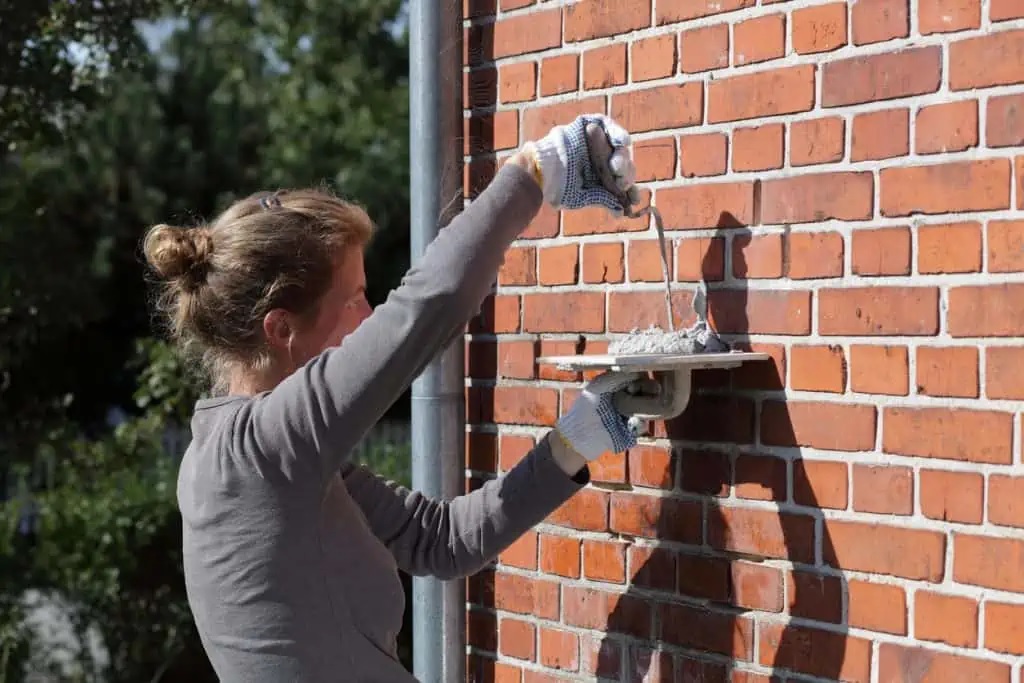In the heart of Oakland, where history and modernity gracefully coexist, the enduring charm of brickwork is all around us. From the historic facades of Old Oakland to the timeless elegance of people’s homes, masonry is an integral part of this city’s character. However, even the sturdiest of structures can develop issues over time. Your brickwork is no exception. This article will delve into the common signs of masonry damage and when it’s crucial to contact an Oakland handyman for repairs.
Recognizing Masonry Damage
One of the most noticeable signs of masonry damage is the appearance of cracks in your brickwork. These cracks can take various forms, each indicating different underlying issues:
Hairline Cracks: Small, barely visible cracks are often the first indication of trouble. They might seem insignificant initially but can signify more extensive problems beneath the surface.
Stair-Stepping Cracks: These cracks resemble a staircase, with the mortar joints forming diagonal lines. Stair-stepping cracks are signs of settling or foundation issues and should not be ignored.
Horizontal Cracks: When cracks run horizontally along the mortar joints, it can indicate water damage or excessive moisture infiltration.
Vertical Cracks: Vertical cracks, on the other hand, might result from structural stress. They can be particularly concerning if they appear near corners or windows.
Loose Bricks and Their Implications
Another obvious symptom of masonry degradation is loose bricks. It’s crucial to look into the situation more if you see that the bricks aren’t firmly in place. Loose bricks can indicate several issues:
Mortar Erosion: Over time, the mortar that holds your bricks together can erode, causing the bricks to become loose. If left unattended, this can compromise the structural integrity of your wall.
Freezing and Thawing: In regions with cold winters, the freeze-thaw cycle can cause bricks to expand and contract, leading to loose bricks. This is especially common in older buildings.
Inadequate Installation: Sometimes, loose bricks are the result of poor workmanship during the initial construction. If bricks are not properly bonded with mortar, they can come loose more easily.
Recognizing Mortar Deterioration
The mortar between your bricks plays a crucial role in maintaining the stability of your masonry. Mortar deterioration can manifest in various ways, each with its own set of implications:
Crumbling Mortar: If the mortar starts to crumble or turn to dust when touched, it’s a clear sign of deterioration. This can weaken the bond between bricks and should be addressed promptly.
Discoloration: Mortar that changes color, often becoming darker, can indicate water damage or salt deposits. It’s a sign that moisture is seeping into the masonry.
Missing Mortar Joints: In some cases, mortar joints may become entirely missing, leaving gaps between the bricks. This not only weakens the structure but also allows for moisture and pests to enter.
When to Seek Repairs
Identifying signs of masonry damage is the first step, but knowing when to seek repairs is equally crucial. Ignoring these issues can lead to more extensive and expensive problems down the road. Here’s a guideline on when to take action:
Address Minor Cracks Promptly: Even small cracks can worsen over time. If you notice hairline or stair-stepping cracks, consider having them inspected by a professional Oakland handyman to determine the underlying cause.
Loose Bricks Require Immediate Attention: Loose bricks can pose safety hazards and should be addressed immediately. In some cases, replacing the mortar and securing the bricks properly may be necessary.
Monitor Mortar Deterioration: If you observe mortar deterioration, keep a close eye on it. While not all cases require immediate action, it’s essential to prevent further degradation by addressing the issue in a timely manner.
Regular Inspections Are Key: To catch masonry damage early, schedule regular inspections of your brickwork. Professionals can identify problems that may not be immediately visible to the untrained eye.
Conclusion
Your brickwork is vital to your home’s structural integrity and aesthetic appeal. By keeping an eye out for signs of masonry damage, such as cracks, loose bricks, and mortar deterioration, you can take proactive steps to address these issues before they escalate. Remember, timely repairs can save you both money and headaches in the long run when it comes to masonry. So, be vigilant, and when in doubt, consult with a qualified masonry expert to ensure your brickwork remains strong and beautiful for years to come.




